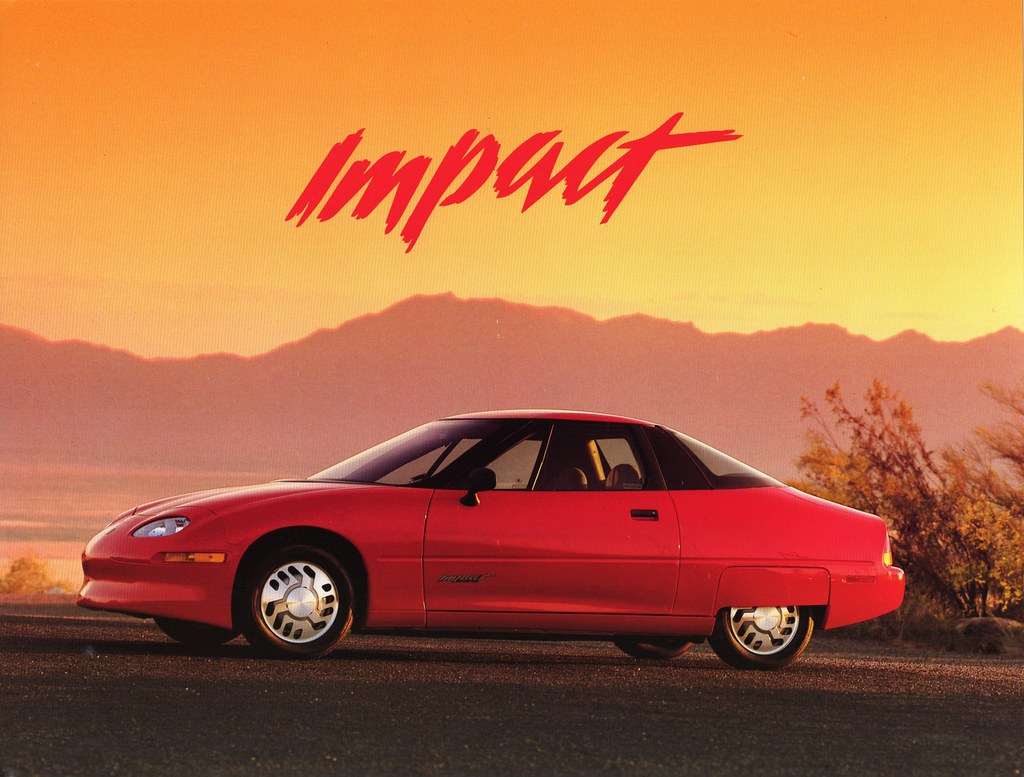
Your car’s transmission is arguably one of its most intricate and indispensable components. Without this marvel of engineering operating at its peak, your vehicle simply won’t perform as it should, potentially leading to jerky movements, breakdowns, or even being stranded. It’s the silent workhorse that transfers power from your engine to the wheels, orchestrating a seamless flow that makes driving a pleasure, not a chore.
Yet, despite its critical role, the transmission is often one of the most overlooked parts of routine vehicle maintenance. Many drivers only think about it when a problem arises, by which point the solutions can be far more complex and significantly more expensive. Transmissions can continue to operate efficiently for 186,000 miles or even more, but this remarkable longevity hinges entirely on consistent, proactive care.
The good news is that extending your transmission’s lifespan doesn’t require an advanced degree in automotive mechanics. With a few simple yet effective steps, you can significantly protect this vital component from premature wear and costly repairs. By adopting these practical tips, you’ll not only save thousands of dollars on potential replacement costs—which can range from $2,500 to over $6,000 for luxury models—but also ensure your car runs smoothly, reliably, and efficiently for years to come. Let’s embark on this journey to empower you with the knowledge to keep your transmission in top shape.
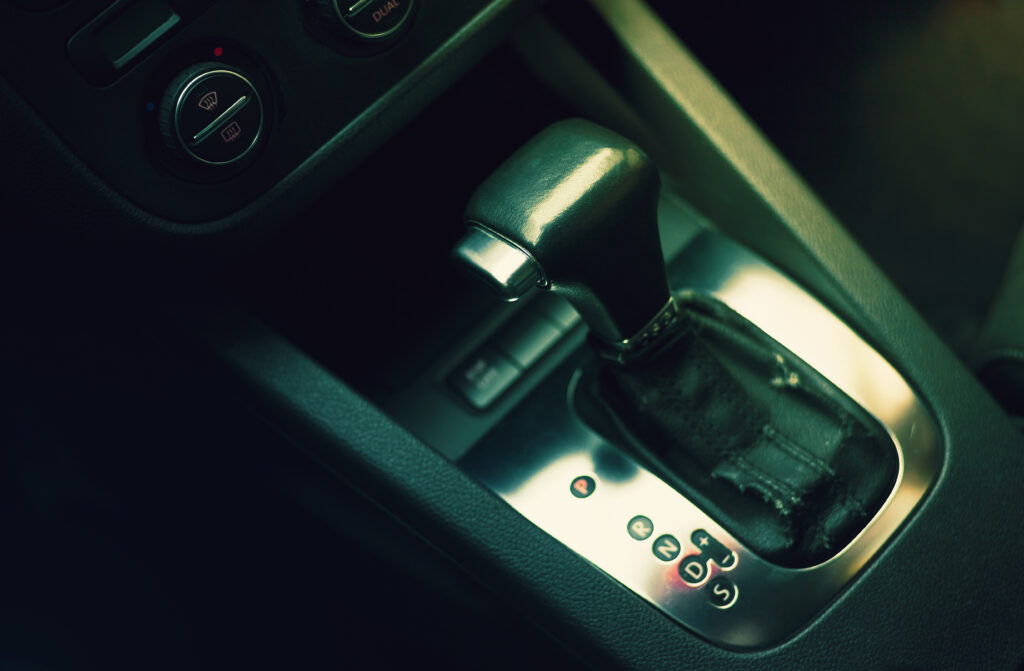
1. **Regular Transmission Fluid Maintenance**Transmission fluid is often referred to as the ‘lifeblood’ of your vehicle’s transmission, and for good reason. It performs a dual role, acting as both a lubricant and a coolant for the intricate network of gears and components housed within the transmission. Without proper lubrication, metal parts grind against each other, generating excessive friction and heat, which are primary culprits of wear and premature failure.
Beyond lubrication, the fluid also plays a crucial part in cooling the transmission. As gears shift and components operate under stress, significant heat is generated. The transmission fluid absorbs and dissipates this heat, preventing internal parts from warping or failing due to thermal overload. Keeping this fluid in optimal condition is paramount to warding off damage and avoiding expensive repairs down the line.
Crucially, not all transmission fluids are created equal, and using the correct type is non-negotiable. Your vehicle’s manufacturer specifies a particular fluid type tailored to its unique transmission design, whether it’s an automatic, manual, or continuously variable transmission (CVT). Consulting your owner’s manual is the definitive way to identify the recommended fluid, checking the label for the right viscosity and specifications.
Opting for a fluid other than the manufacturer’s recommendation can lead to a cascade of problems. The wrong fluid may fail to lubricate adequately, contribute to increased heat, and even cause slippage or grinding between parts. Such incompatibilities can quickly accelerate wear and ultimately lead to significant and costly repairs, undermining all other efforts to prolong your transmission’s life.
Read more about: 14 Critical Dashboard Warnings You Should Never Ignore: A Popular Mechanics Guide
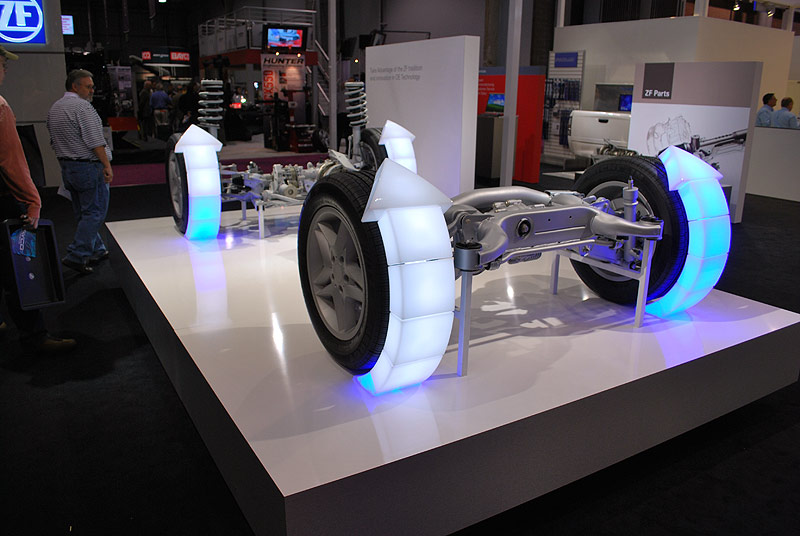
2. **Adhere to Fluid Change Intervals**While regular checks are important, knowing when to change your transmission fluid is equally vital. Over time, transmission fluid degrades, loses its protective properties due to oxidation, and can become contaminated with metal shavings, dirt, and other unwanted debris. Old fluid simply cannot perform its essential functions of lubricating and cooling effectively, leaving your transmission vulnerable to damage.
The recommended fluid change intervals are typically outlined in your vehicle’s owner’s manual. This guide provides the most accurate timing based on your specific make and model. Generally, transmission fluid should be changed every 30,000 to 60,000 miles for automatic and manual transmissions, and every 25,000 to 50,000 miles for CVTs. Some manufacturers might claim ‘lifetime’ fluids, but most mechanics recommend changing them around 60,000-100,000 miles to prevent long-term issues.
However, these intervals are general guidelines and may need to be adjusted based on your driving conditions. If you frequently tow heavy loads, drive in stop-and-go traffic, or navigate extreme climates, your transmission works harder and generates more heat. These strenuous conditions accelerate fluid breakdown, necessitating more frequent fluid changes to maintain optimal protection. For every 20°F increase in transmission fluid temperature over 200°F, the life of the transmission fluid is cut in half, emphasizing the importance of timely changes.
For most vehicle owners, entrusting this task to a professional service is advisable. Draining and refilling transmission fluid can be a bit messy and intricate, and professionals have the right tools and expertise to ensure it’s done correctly. During the service, they typically drain the old fluid, replace the filter (if applicable), clean the transmission pan, and refill with fresh fluid, sometimes also replacing the pan gasket. This comprehensive service helps ensure all contaminants are removed and the system is replenished with clean, effective fluid.
Beyond mileage recommendations, your transmission itself might signal a need for a fluid change. Be attentive to signs like slipping gears, delayed shifts, or strange noises coming from the transmission, as these can often indicate issues with the fluid’s condition. A burning smell near the transmission or fluid leaks under the vehicle are also critical red flags that demand immediate attention, often pointing to fluid that is past its prime or insufficient in volume.
Read more about: Unlock Your Peak Performance: 13 Common Diet Mistakes Professional Athletes Confidently Conquer

3. **Monitor Fluid Levels and Condition**Regularly checking your transmission fluid level and condition is a simple yet profoundly impactful maintenance task. This monthly check can provide crucial insights into the health of your transmission and help you catch potential problems before they escalate. It’s a proactive step that every car owner should incorporate into their routine.
The process for checking your transmission fluid is straightforward. First, ensure your vehicle is parked on level ground, which is essential for an accurate reading. For most vehicles, the engine should be warm, meaning it should have been running for a few minutes or after a short drive, to ensure the fluid has expanded to its normal operating level. However, always consult your owner’s manual, as some vehicles require the check to be performed with the engine off.
Once the conditions are met, locate the transmission dipstick, usually marked with a distinct handle. Pull it out, wipe it completely clean with a lint-free cloth, and then reinsert it fully back into its tube. Remove it once more, and observe the fluid level. It should fall squarely between the ‘full’ or ‘hot’ marks on the dipstick. If the fluid level is below the recommended range, it indicates an insufficient volume, which can lead to overheating and damage to the transmission’s internal components.
Equally important is assessing the fluid’s condition. When new or in good health, transmission fluid typically appears bright red or pink and has a translucent quality. Take a moment to examine its color and transparency on the dipstick. If the fluid appears dark, murky, or has a burnt odor, it’s a clear indication that it has degraded and needs to be changed immediately. A dark, opaque color suggests heavy contamination or severe oxidation, while a burnt smell is often a tell-tale sign of overheating, which is the number one cause of transmission failure.
Fluid leaks under your vehicle are another critical sign to watch for during your monthly checks. Red fluid pooling beneath your car usually points to a transmission fluid leak, which can quickly lead to critically low fluid levels. Addressing leaks promptly is essential to prevent significant damage. By routinely performing these checks, you empower yourself to identify issues early, ensuring your transmission remains adequately lubricated and cooled, thereby extending its service life considerably.
Read more about: 14 Critical Dashboard Warnings You Should Never Ignore: A Popular Mechanics Guide

4. **Practice Smooth and Deliberate Driving Habits**Your driving style has a profound impact on the longevity of your transmission. Aggressive driving behaviors, such as rapid acceleration, abrupt braking, and frequent, harsh gear shifting, impose immense strain on the transmission’s intricate components. These actions force the transmission to work harder and faster than intended, leading to increased heat generation and accelerated wear and tear. Simply put, the more smoothly you drive, the less stress you put on this vital system.
Smooth acceleration, for instance, allows the transmission to engage gears gradually and efficiently, reducing the sudden shock and friction that occur during quick take-offs. When you accelerate aggressively, the transmission must work overtime to get you up to speed quickly, causing the gears to engage more harshly. This increased wear on the gear teeth can lead to rough transitions between gears and significantly shorten the lifespan of internal parts. Adopting a gentle approach to the accelerator is a simple habit that yields considerable benefits.
Similarly, abrupt shifts, especially between drive and reverse, should be avoided at all costs. Always bring your vehicle to a complete stop before moving the gear selector between forward and reverse. Attempting to shift while the car is still moving, even slightly, puts immense pressure on the transmission’s parking pawl and internal components, which can cause severe damage or even breakage. Modern transmissions do have safety mechanisms, but consistently forcing shifts under heavy acceleration or while rolling backward can still cause harm.
For those driving manual transmissions, ‘riding the clutch’ is a common habit that can severely damage the transmission and clutch assembly. Pressing the clutch fully before shifting and avoiding resting your foot on the clutch pedal while driving will prevent premature wear. Additionally, forcing the gear lever into gear or not waiting for the engine to slow before downshifting in a manual car can create unnecessary stress and wear on the synchros and gears within the transmission.
Adopting more mellow habits behind the wheel not only alleviates strain on your engine and transmission but also contributes to better fuel economy. Gentle driving reduces the operational temperatures and friction within the transmission, ensuring that the gears and other moving parts can engage smoothly and efficiently. This mindful approach extends the transmission’s life and enhances your overall driving experience by ensuring consistent, smooth gear changes.
Read more about: Unleashed Psychology: 15 Core Ways Companies Masterfully Manipulate Consumers During Major Holidays

5. **Limit Heavy Loads and Adhere to Towing Capacity**One of the most significant stressors you can place on your vehicle’s transmission is exceeding its designed capacity for heavy loads or towing. While SUVs and pickup trucks offer impressive hauling and towing capabilities, it’s crucial to understand and respect these limits. Pulling more weight than your vehicle was engineered to handle forces the transmission to overexert itself, leading to increased heat, excessive strain, and accelerated wear on internal components.
Before you hook up a camper, boat trailer, or load your cargo area with heavy items, always verify your vehicle’s official towing and payload capacity, which can be found in your owner’s manual. This figure is not a suggestion; it’s a critical safety and mechanical guideline. For example, a travel trailer that looks light could easily weigh over 10,000 pounds, while your vehicle might only be rated to handle 5,000 pounds. Attempting to pull such an overloaded weight is inherently risky for both your transmission and overall vehicle safety.
As a prudent measure, many experts recommend staying within 90% of the manufacturer’s stated capacity figure for towing or carrying heavy cargo. This provides a small buffer that accounts for variables such as uneven terrain, uphill climbs, and unpredictable road conditions, all of which can increase the effective strain on your drivetrain. Exceeding this limit dramatically increases the likelihood of mechanical failure.
When a transmission is subjected to loads beyond its capacity, the delicate gear teeth inside that enable engagement during shifting can break off. This damage can occur quickly and often necessitates expensive repairs or even a complete transmission replacement. Heavy loads also lead to quicker breakdown of transmission fluid due to increased strain during gear changes and excessive heat generation, making it less effective at protecting parts.
If frequent heavy loading or towing is unavoidable, it’s wise to consider specific measures to mitigate the strain. Using a vehicle’s ‘Tow/Haul Mode,’ if equipped, can adjust shifting patterns to reduce heat and optimize performance for heavier loads. Additionally, installing an auxiliary transmission cooler can significantly reduce fluid temperatures, thereby extending the life of both the fluid and the transmission itself. Regular inspections become even more critical when your vehicle is frequently pushed to its limits, allowing for early detection of any issues before they escalate into major problems.
Read more about: The Enduring Legacy: Ranking 10 Family Vans Built to Serve Multiple Generations of Owners

6. **Utilize Engine Braking Wisely**Engine braking is a technique that can help slow your vehicle by using the engine’s resistance rather than relying solely on the friction brakes. This method can be particularly useful in specific situations, such as descending long, steep mountain roads, where it helps prevent your brakes from overheating and smelling burnt due to overuse. By engaging a lower gear, the engine’s RPM increases, and its natural drag assists in decelerating the vehicle, thereby reducing heat buildup in the transmission and preserving your primary brake pads.
To use engine braking effectively and gently, especially in automatic transmissions, downshift carefully and avoid abrupt, forceful gear changes. The goal is to allow the engine to gradually take over some of the braking duties. On long downhill slopes, engaging a lower gear can provide sustained deceleration, maintaining a safer speed without constantly riding the brakes. This practice is beneficial because it protects your transmission fluid from the extreme heat generated by continuous braking, which can lead to fluid degradation.
However, it’s crucial to understand that while engine braking has its benefits, it also places additional stress on your transmission components. When you downshift to use engine braking, particularly if you do so aggressively or at high speeds, you’ll notice the engine revving at high RPMs. Similar to aggressive acceleration, this puts immense pressure on your gears and can cause operating temperatures within the transmission to rise significantly.
Therefore, engine braking should be utilized sparingly and judiciously. It’s a valuable tool for specific scenarios, but not a replacement for your vehicle’s primary braking system in everyday driving. Remember that replacing worn brake pads is a significantly less expensive and labor-intensive task compared to repairing, rebuilding, or completely replacing a damaged transmission. Balance its use with your regular brakes to achieve optimal vehicle longevity and safety, ensuring you’re not simply shifting wear from one component to another, more expensive one.
Read more about: 10 Unexpected Ways Your New Car Insurance Policy Can Beat Your Old One’s Price

7. **Schedule Routine Transmission Inspections**Even with diligent fluid maintenance and careful driving habits, regular professional transmission inspections are a cornerstone of long-term vehicle health. These routine check-ups are invaluable because they allow qualified transmission specialists to identify early signs of wear, leaks, or potential problems that might not be immediately apparent during your own visual checks. Catching small issues before they escalate into major failures can save you thousands of dollars in repairs and significantly extend your transmission’s operational life.
Professional diagnostic checks utilize specialized tools and expertise to assess the entire transmission system. Experts can use scan tools to read error codes from your vehicle’s onboard computer, uncovering hidden faults that are often hard to detect without specific equipment. These codes can pinpoint issues with sensors, solenoids, or other electronic components that influence transmission performance, providing a deeper understanding of its health than a simple fluid check.
During an inspection, mechanics will go beyond just fluid levels. They typically inspect the fluid’s condition and color, but also check for the presence of metal shavings in the fluid or transmission pan, which can be a tell-tale sign of internal wear. They will also assess the condition of transmission mounts and seals, which, if compromised, can lead to fluid leaks or improper alignment that strains the system. Furthermore, they observe shifting patterns and response during a test drive, looking for any subtle delays, harshness, or slipping that could indicate underlying problems.
It’s prudent to get a diagnostic check yearly or at least every 30,000 to 60,000 miles, depending on your vehicle’s specifications and how you drive. Early detection and remediation are crucial; a minor issue like a failing sensor or a small leak, if left unaddressed, can rapidly degrade into a catastrophic and expensive transmission failure. Some vehicle brands, such as Ford’s dual-clutch transmissions or Nissan’s CVTs, are known to have specific quirks that require specialized attention beyond general maintenance, making professional inspections even more critical.
By consistently investing in these routine professional inspections, you’re not just performing maintenance; you’re making a proactive investment in your vehicle’s future. It’s a strategy that ensures your transmission operates at its best, preventing minor issues from becoming major headaches, and ultimately securing a smoother, more reliable driving experience for many miles to come.
Having established a solid foundation of fluid care and mindful driving, it’s time to delve into more advanced strategies and proactive measures that can further safeguard your transmission for thousands of additional miles. These include vigilant temperature management, smart upgrades, and keen attention to your vehicle’s subtle communications. By integrating these practices, you’re not just maintaining, but actively enhancing your transmission’s resilience against wear and tear, ensuring it continues to perform its vital role flawlessly. Let’s explore these next crucial steps.
Read more about: 14 Critical Dashboard Warnings You Should Never Ignore: A Popular Mechanics Guide
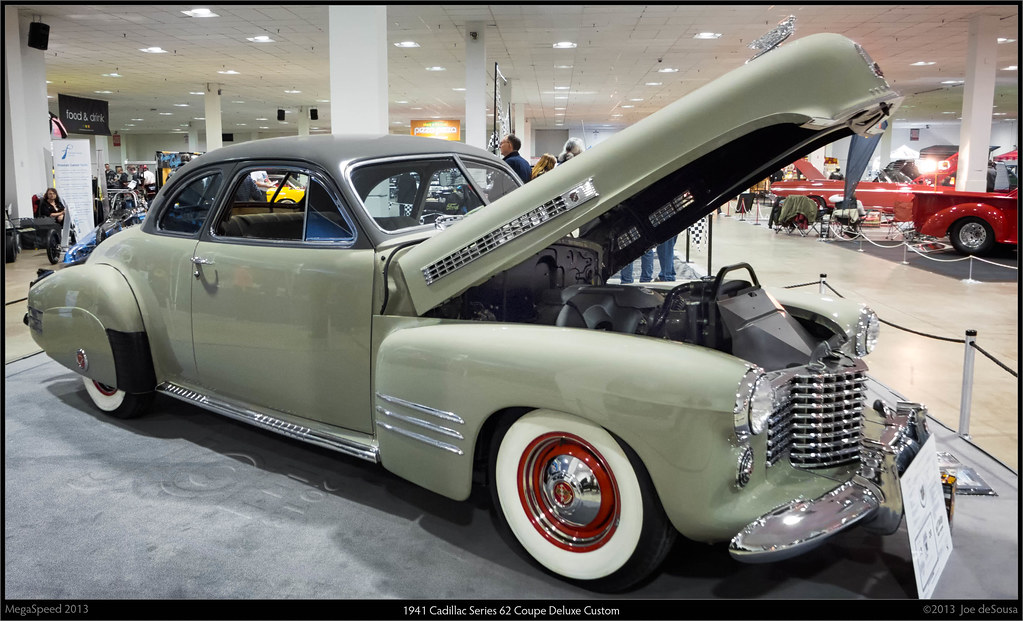
8. **Monitor Transmission Temperature**Understanding and actively monitoring your transmission’s operating temperature is a cornerstone of advanced maintenance. The transmission is designed to perform optimally within a specific temperature range. When temperatures climb too high, it sets off a cascade of destructive events, primarily by accelerating the breakdown of transmission fluid. This fluid, the ‘lifeblood’ we discussed earlier, loses its essential lubricating and cooling properties under extreme heat, leaving vital internal components vulnerable to friction and wear.
Indeed, excessive heat is universally recognized as the number one cause of transmission failure. The impact of temperature on fluid life is stark: for every 20°F increase in transmission fluid temperature over 200°F, the effective lifespan of the fluid is cut in half. This dramatic reduction in protective capability means parts are exposed to harsher conditions, leading to premature aging of seals, gaskets, and even the hardening and cracking of internal components.
While older vehicles might rely on a dashboard warning light for overheating, many modern cars provide more precise temperature gauges or allow monitoring through diagnostic scanners. Keeping a regular eye on this gauge, particularly during demanding driving conditions like towing or navigating stop-and-go traffic in hot climates, empowers you to take immediate corrective action. If the temperature begins to rise significantly, reducing the load, pulling over to cool down, or simply easing off the accelerator can make a profound difference.
Ignoring rising temperatures or a burning smell—a tell-tale sign of severely overheated fluid—is a gamble with expensive consequences. Proactively managing transmission temperature ensures that your fluid retains its integrity, lubricates effectively, and cools efficiently, thereby extending the operational life of your transmission far beyond what might otherwise be expected. It’s a small effort with an immense payoff in vehicle longevity.
Read more about: 14 Critical Dashboard Warnings You Should Never Ignore: A Popular Mechanics Guide
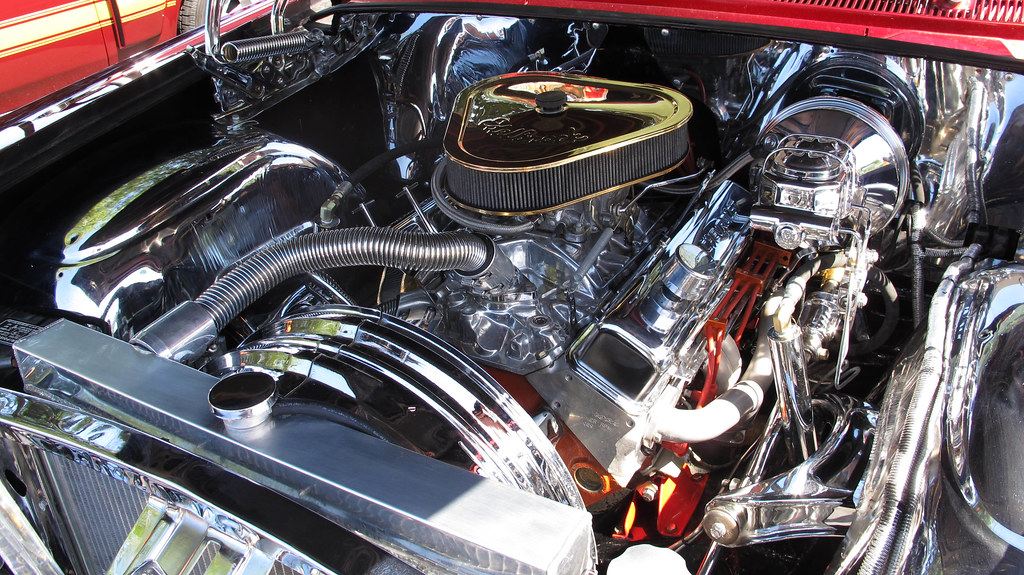
9. **Maintain Your Engine’s Cooling System**Closely intertwined with monitoring transmission temperature is the diligent upkeep of your entire engine’s cooling system. This system, encompassing the radiator, coolant, hoses, and thermostat, isn’t solely responsible for regulating the engine’s heat; it also plays a pivotal, albeit indirect, role in maintaining the transmission’s optimal operating temperature. An engine that runs too hot will invariably lead to an increase in transmission fluid temperature, creating a dangerous feedback loop.
The transmission often relies on a heat exchanger located within the radiator or an external cooler to dissipate heat from its fluid. If the engine’s cooling system is compromised—perhaps by low coolant levels, a clogged radiator, or a failing water pump—its ability to cool the transmission fluid is severely hampered. This inefficiency directly contributes to the overheating scenarios that we know are so detrimental to transmission longevity.
Therefore, a comprehensive approach to vehicle maintenance must include regular inspections and servicing of all cooling system components. This means flushing the coolant at recommended intervals, typically every 50,000 miles, to remove accumulated debris and maintain its heat-transferring properties. Inspecting all hoses for cracks, leaks, or blockages, checking the radiator for any signs of leaks or obstructions, and ensuring the radiator grille is clear of debris are all critical steps.
By ensuring the engine’s cooling system is in peak condition, you provide an essential protective layer for your transmission. It’s a preventive measure that works behind the scenes to maintain the transmission’s operating temperature within its healthy range, significantly mitigating thermal stress and guarding against premature wear and potential failure. This holistic view of your vehicle’s thermal management is key to long-term reliability.
Read more about: 14 Critical Dashboard Warnings You Should Never Ignore: A Popular Mechanics Guide

10. **Install an Auxiliary Transmission Cooler**For drivers who frequently put their vehicles through demanding paces—such as regularly towing heavy loads, hauling significant cargo, or navigating challenging terrains like mountainous roads—the addition of an auxiliary transmission cooler isn’t just a recommendation; it’s a wise investment. These conditions impose immense thermal stress on the transmission, making it highly susceptible to overheating, even with an otherwise perfectly functioning stock cooling system.
An auxiliary transmission cooler acts as an additional heat exchanger, specifically designed to reduce the temperature of the transmission fluid before it recirculates through the system. By drawing off excess heat, it effectively lowers the overall operating temperature of the transmission, directly mitigating thermal stress on all internal components. This dedicated cooling capacity is particularly beneficial for vehicles engaged in strenuous activities, where the stock cooling system might simply not be enough to handle the increased heat generation.
The installation process involves choosing a cooler that is appropriately sized and compatible with your vehicle model. It should be strategically placed where airflow is robust, often in front of the radiator, to maximize its efficiency. After installation, a thorough check for any leaks and proper fluid flow is essential to ensure the system is working as intended. Regular cleaning of the cooler’s fins is also necessary to maintain its optimal heat dissipation capabilities over time.
The benefits of an auxiliary transmission cooler are multifaceted: it directly reduces fluid temperatures, which in turn prevents the fluid from degrading prematurely. This extended fluid life means better lubrication and cooling for longer periods. Moreover, by preventing overheating, it protects critical seals and gaskets from hardening and cracking, and safeguards the delicate internal components from warping or suffering accelerated wear. This upgrade significantly enhances the resilience and extends the lifespan of your transmission under the most arduous conditions.
Read more about: From Concept Car Catastrophe to Production Car Panic: 14 Vehicles That Redefined ‘Awful’ on the Asphalt
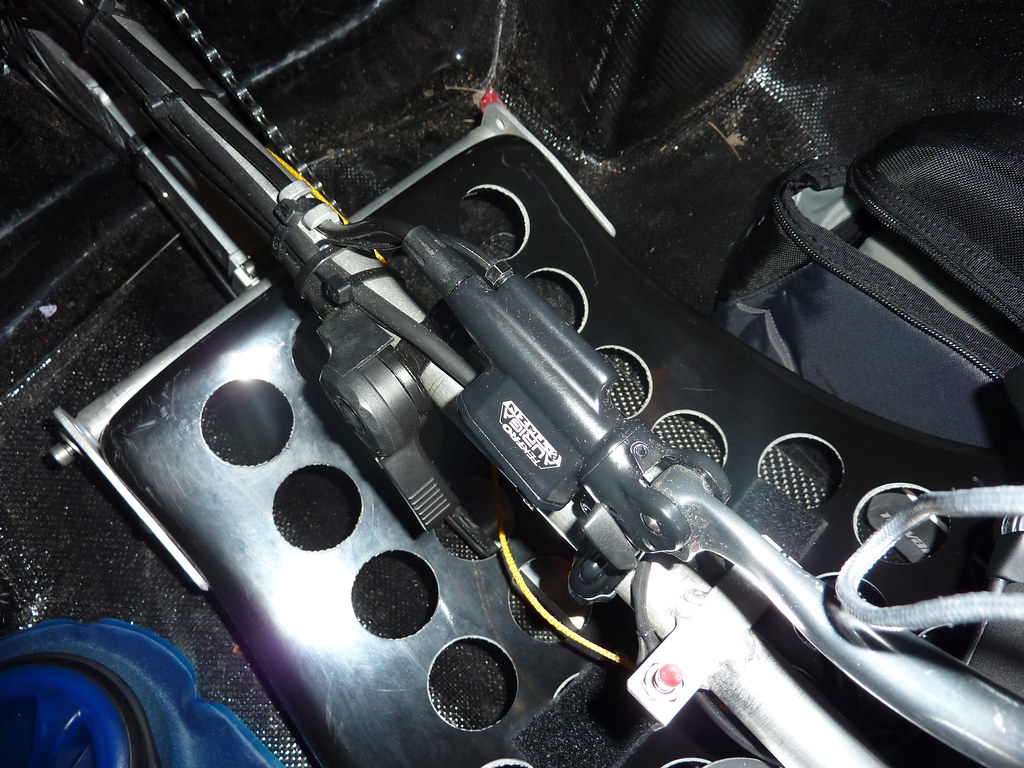
11. **Utilize the Parking Brake Consistently**This might seem like a minor habit, but the consistent use of your parking brake, especially when stationary or on an incline, offers significant protection for your transmission, particularly in automatic vehicles. Many drivers mistakenly rely solely on the ‘Park’ gear to hold their vehicle in place, unaware of the potential strain this places on a critical internal component known as the parking pawl.
The parking pawl is a small metal pin within the transmission that engages with a notched wheel to prevent the car from rolling. When you park on an incline without engaging the parking brake, the entire weight of your vehicle rests on this single, relatively small component. Over time, this constant stress can cause the parking pawl to bend, warp, or even break, leading to costly repairs and potentially leaving your vehicle unable to hold itself in place.
Incorporating the parking brake into your routine provides a crucial safeguard. The best practice is to engage the parking brake *before* shifting into ‘Park.’ This sequence ensures that the vehicle’s weight is supported by the much more robust parking brake mechanism, relieving the pressure on the transmission’s internal parking pawl. Once the parking brake is set, you can then safely shift into ‘Park,’ and the transmission components are no longer under strain.
Consistent use of the parking brake not only prevents potential damage to the parking pawl but also contributes to the overall durability of your transmission by preventing unnecessary stresses on its internal mechanisms. It’s a simple, free habit that requires minimal effort but offers substantial long-term benefits in preventing avoidable wear and costly repairs, ensuring your transmission remains robust for many miles.
Read more about: 12 Smart Home Products That 15 Security Experts Say Demand Your Immediate Attention

12. **Use High-Quality Replacement Parts**When the inevitable time comes for replacing worn components within your transmission, the choice of parts can have a monumental impact on the system’s long-term health and reliability. Opting for high-quality replacement parts is a proactive measure that goes far beyond simply restoring function; it’s about reinforcing the transmission’s durability and preventing a cascade of future problems that often stem from subpar components.
Inferior or cheap aftermarket parts might offer an initial cost saving, but they often come with compromises in material quality, manufacturing precision, and design. These compromises can lead to accelerated wear, improper fit, and ultimately, premature failure, potentially causing damage to other, more expensive transmission components. For instance, low-quality clutch plates may offer poor grip and wear out quickly, while inferior seals and gaskets can lead to leaks and contamination, undermining fluid integrity.
Conversely, investing in Original Equipment Manufacturer (OEM) parts or high-quality aftermarket equivalents ensures that the new components meet stringent standards for material, fit, and performance. OEM parts are identical to those originally installed in your vehicle, guaranteeing perfect compatibility and design. High-quality aftermarket options, while not from the original manufacturer, are rigorously tested to meet or exceed OEM specifications, offering comparable longevity and reliability.
Consider critical components like solenoids, which control fluid flow and shifting. High-quality solenoids ensure precise shift timing and smoothness, directly impacting the transmission’s efficiency and reducing wear. Filters, seals, and gaskets all play vital roles in keeping fluid clean and contained. Choosing parts that are built to last and designed for optimal performance is an investment that prevents repeat repairs, maintains the transmission’s intricate balance, and significantly contributes to its extended operational life.
Read more about: Navigating the Tire Market: 15 Essential Tips to Secure the Best Price and Maximize Value for Your Next Set of Tires

13. **Don’t Ignore Warning Signs**Perhaps the most critical proactive measure you can take to safeguard your transmission is to become attuned to its warning signs and act swiftly. Your vehicle is constantly communicating its health, and the transmission, being a complex system, provides clear indicators when something is amiss. Ignoring these red flags can transform a relatively minor, inexpensive repair into a catastrophic and financially debilitating transmission failure.
Be vigilant for any unusual noises that emerge during gear changes, such as grinding, clunking, or whining sounds. These can be direct indicators of internal components wearing out or suffering damage. Similarly, pay close attention to the feel of your shifts. If you notice delayed engagement, harsh shifts, or the sensation of the transmission slipping out of gear, it’s a strong signal that the system’s hydraulic pressure, fluid condition, or internal mechanisms are compromised.
Beyond auditory and tactile cues, visual and olfactory warnings are equally important. A burning smell emanating from the transmission area is a potent indicator of severely overheated or degraded fluid, demanding immediate attention. Any reddish fluid pooling beneath your vehicle is a tell-tale sign of a transmission fluid leak, which can quickly lead to critically low fluid levels and subsequent damage. Modern vehicles also feature dashboard warning lights specifically for the transmission; never dismiss these illuminated alerts.
Catching these problems early can be the difference between a few hundred dollars for a sensor replacement or leak repair and thousands for a full transmission rebuild or replacement. As soon as you detect any of these warning signs, it is imperative to seek a professional diagnostic scan immediately. Timely intervention, guided by expert assessment, is the ultimate strategy for preventing minor issues from escalating and ensuring your transmission serves you reliably for years to come.
Read more about: Behind the Workout: When Persistent Injuries Demand Professional Intervention
Your car’s transmission, as we’ve thoroughly explored, is an indispensable component whose longevity directly correlates with your diligent care and proactive maintenance. From fundamental fluid health to advanced temperature management and crucial software updates, every step you take to protect this vital system is an investment in your vehicle’s future. By embracing smooth driving habits, heeding warning signs, and investing in quality parts, you’re not just avoiding costly repairs; you’re ensuring a smoother, more reliable, and ultimately more enjoyable driving experience for many, many miles ahead. Drive smart, maintain diligently, and your transmission will reward you with unparalleled performance and durability.


